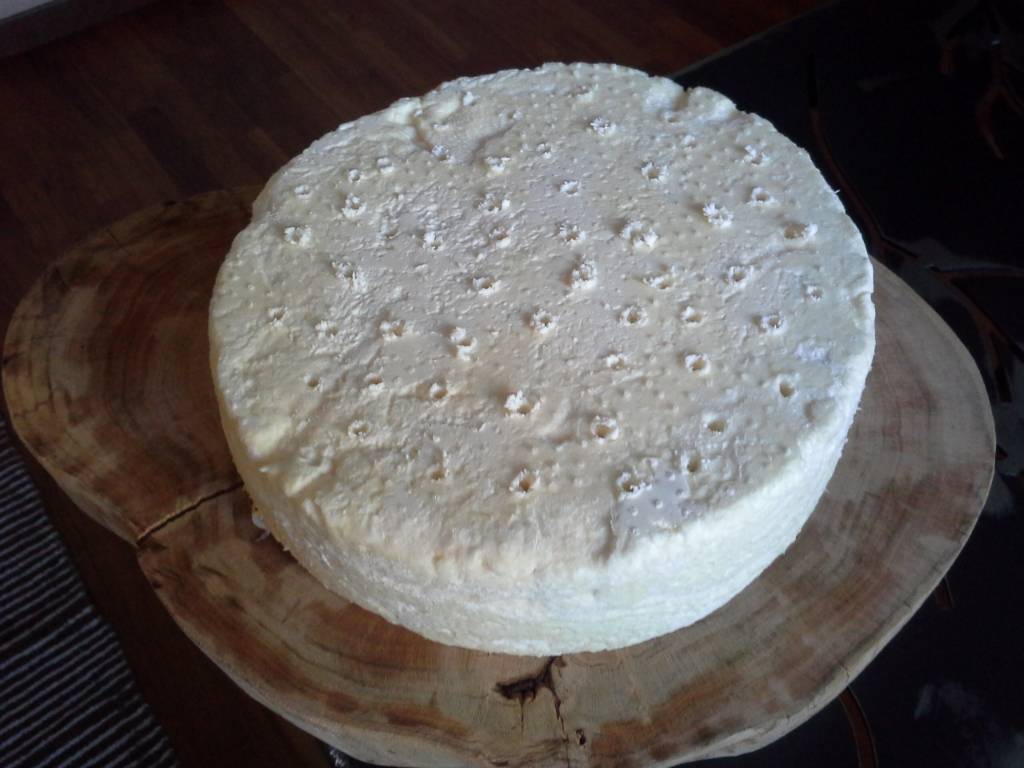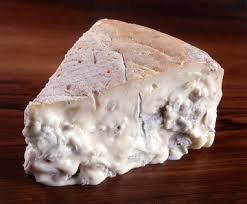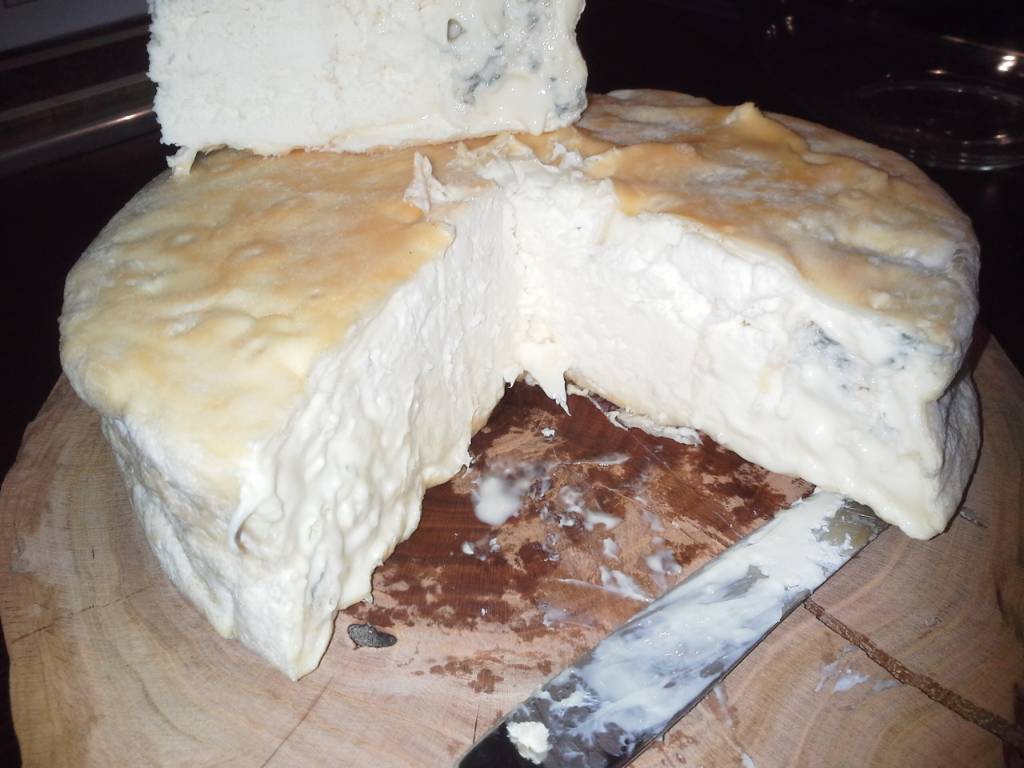Daniele96
Well-Known Member
- Joined
- May 24, 2018
- Messages
- 178
- Reaction score
- 160
Gorgonzola is a cheese from Lombardy and the first documents on it date back to XVI century. It comes from a town near Milan called Gorgonzola where, probably, the firs gorgonzola cheese was a curd for stracchino cheese (another Italian cheese) infected by a penicillium fungi. This is my first attempt with gorgonzola and I started it taking a piece of penicillium from another gorgonzola bought from a little cheese making company and I put this piece of penicillium in a glass of milk. After 18/24 hours this starter is ready and I added it in a pot containing 20 litres of fresh milk (I bought the milk and the other cheese from a little company near my house and if it is possible it is better when we make homemade cheese buy milk of high quality). Then I put the milk on the cooker and when it was at 35°C I added 2 rennet spoons on milk. Then I covered until the curd is ready. Then I cut it and then I put it on a drum to let the curd dry. It is important, if we want a good gorgonzola dolce, to make a big shape, if we want gorgonzola forte the shapes must be smaller. After some days I added salt and made some hole to allow the mold to grow. And this is the result now.




































![Craft A Brew - Safale S-04 Dry Yeast - Fermentis - English Ale Dry Yeast - For English and American Ales and Hard Apple Ciders - Ingredients for Home Brewing - Beer Making Supplies - [1 Pack]](https://m.media-amazon.com/images/I/41fVGNh6JfL._SL500_.jpg)



























